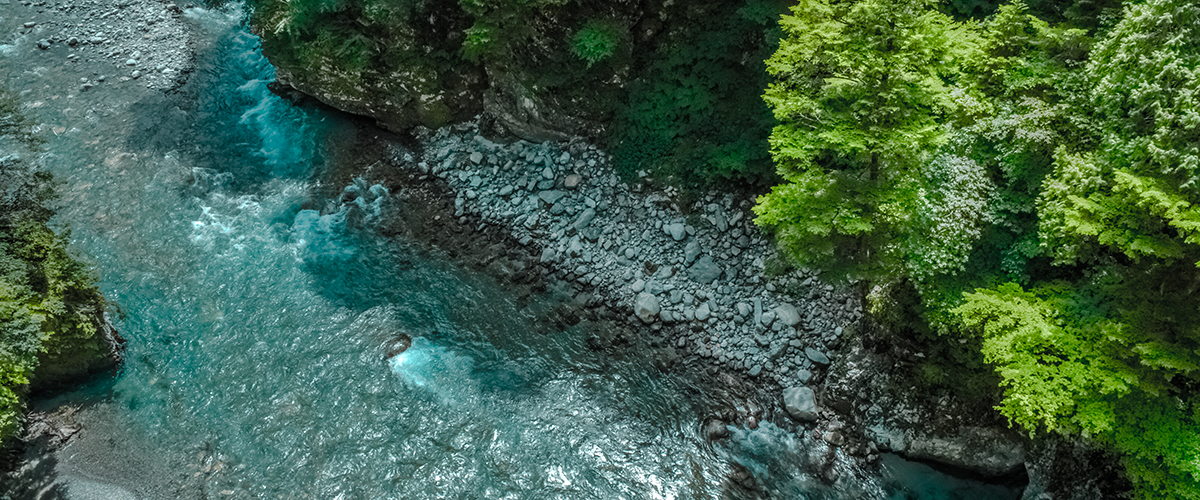Wilson, N.J., Harris, L.M., Joseph-Rear, A., Beaumont, J. and Satterfield, T. (2019). Water is Medicine: Reimagining Water Security through Tr’ondëk Hwëch’in Relationships to Treated and Traditional Water Sources in Yukon, Canada. Water 11(3): 624. https://doi.org/10.3390/w11030624 Preprint PDF of the article here.
“Contested knowledges in hydroelectric project assessment: The case of Canada’s Site C Dam.”
Bakker, K. and R. Hendriks. 2019. “Contested knowledges in hydroelectric project assessment: The case of Canada’s Site C Dam.” Special issue on “Contested Knowledges: Water Conflicts on Large Dams and Mega-Hydraulic Development.” Water. 11(3), 406 – 424.
“Rendering Technical, Rendering Sacred: The politics of hydroelectric development on British Columbia’s Saaghii Naachii/Peace River.”
Behn, C., and K. Bakker. 2019. “Rendering Technical, Rendering Sacred: The politics of hydroelectric development on British Columbia’s Saaghii Naachii/Peace River.” Global Environmental Politics. 19(3), 98 – 119. DOI: https://doi.org/10.1162/glep_a_00518.
Entangling Colonial Entanglements: “Treatment as a State” Policy for Indigenous water co-governance.
Diver, S., Ahrens, D., Arbit, T., and K. Bakker. 2019. Entangling Colonial Entanglements: “Treatment as a State” Policy for Indigenous water co-governance. Global Environmental Politics. DOI: 10.1162/glep_a_00517
Lessons from the EU Approach to Governing Small Drinking Water Systems
Ramón-Hidalgo, A.E., McFarlane, K., Raab, E. and L.M. Harris. (2018). Lessons from the EU Approach to Governing Small Drinking Water Systems. Retrieved from: https://watergovernance.sites.olt.ubc.ca/files/2018/10/EU-report_-Oct-6-final-1.pdf.
Decolonizing Water Conference Travel Proposal
|
Item
|
Cost
|
|
Coach airfare YVR to IAD return
|
$500.00
|
|
Shared accommodation in Washington
|
$500.00
|
|
Per Diem: Lunch and dinner April 02, full meals April 03, 04, 05, 06, 07, breakfast and lunch April 08 = $376 USD x 1.3037 exchange rate[1]
|
$490.00
|
|
Conference registration fee
|
$260.00
|
|
Transportation to/from airport
|
$60.00
|
|
Total
|
$1810.00
|
Telling the Story of Water: Photovoice for Water Research with Urban Indigenous Youth.
Conference:
American Association of Geographers Conference, April 10th, 2019.
Presented By:
Joanne Nelson, Tsimshian, PhD student, UBC, Resources, Environment and Sustainability.
Abstract:
Most Indigenous cultures express a sacred connection to water and these connections to water are reflected in Indigenous legal systems and oral traditions. While the ongoing impacts of colonialism and capitalism have threatened this connection, participatory photography and visual methods, such as Photovoice, emerge as a promising methodology to engage Indigenous youth in telling their stories of how they connect with, perceive, and experience water and water issues in their lives. Indigenous people, including youth, are increasingly making their homes in urban areas. According to the 2016 Canadian census the 867,415 Indigenous people living in a metropolitan area now represent over half (51.8%) of the total Indigenous population: an increase of 59% between 2006 and 2016. Yet, the voice of urban Indigenous people has been largely absent from the growing literature on Indigenous water governance, water stewardship, and Indigenous Knowledge. In this presentation, I will provide a brief literature review on Photovoice and engage with case studies from within that literature that use this visual method with youth and Indigenous communities to understand how the various researchers have sought to Indigenize the Photovoice methodology. I end with an introduction to my proposed research on the relationships between urban Indigenous youth of the Unceded Coast Salish territory of Metro Vancouver have with water. This work aims to understand these relationships and queries how Indigenous Knowledge arising in this context can and does informs Indigenous water stewardship and water governance.
Data quality from a community-based, water quality monitoring project in the Yukon river basin.
By Nicole Herman-Mercer, Ronald Antweiler, Nicole Wilson, Edda Mutter, Ryan Toohey, Paul Schuster
Abstract:
Resurging through Kishiichiwan.
By Michelle Daigle
Abstract:
In this paper, I center Indigenous water governance at the nexus of extractive capitalist development, water contamination and dispossession, and Indigenous self-determination. I do so by focusing on colonial capitalist legacies and continuities that are unfolding on Mushkegowuk lands of what is otherwise known as the Treaty 9 territory in northern Ontario, Canada. Through a spatial analysis, I trace contemporary forms of water dispossession through mining extraction to the larger colonial-capitalist objectives of the original signing of the James Bay, or Treaty 9, agreement. I argue that the colonial capitalist dispossession of water, through the seizing of land and interconnected waterways, and through the accumulation of pollution and contamination, is inextricably linked to larger structural objectives of securing access to Mushkegowuk lands for capitalist accumulation, while simultaneously dispossessing Mushkegowuk peoples of the sources of their political and legal orders. I end by discussing how Mushkegowuk peoples are resurging against settler colonial and capitalist regimes by regenerating their water relations, and how water itself cultivates a particularly spatial form of resurgence that regenerates Indigenous kinship relations and governance practices.
We have stories.
By Rosemary Georgeson, and Jessica Hallenbeck
Abstract:
This paper traces the changing relationship between family, water, and fish through the lives of five generations of Indigenous women. We reveal the ways that Indigenous women’s connections have transformed and persisted despite generations of omissions and erasures. We juxtapose interviews, academic research, and the settler colonial archive with the lived experiences and histories that exceed it. Weaving together what we know of the lives of Rosemary’s great great grandmother Sar-Augh-Ta-Naogh (Sophie) and great grandmother Tlahoholt (Emma) with stories of water and fish from their territories, we ask how settler colonial commissions, archives, and urban policies have sought, and failed, to control and erase Indigenous women’s relationships to water, land, and family. Crucially, this article draws on stories that have been passed down to Rosemary and knowledge that she has accumulated through her lifetime working as a commercial fisherman. These stories about water and where people were from, why they left, or why they never went back—and how they continue to be connected to each other while being disconnected from place—are at the center of this article. Re-presencing Indigenous women and these connections raises essential questions about Indigenous resurgence in a context of settler colonial control, scarcity, and disappearance, emphasizing the importance of ancestral reconnection to Indigenous futurities.
